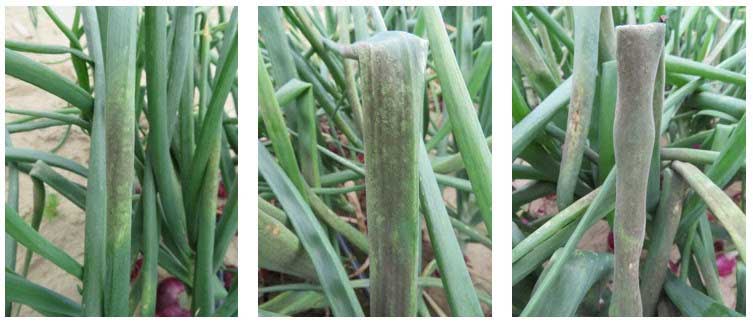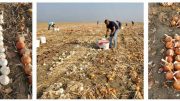|
Click to listen to this article
|
In a June 27 onion alert, Washington State University (WSU) announced that downy mildew was recently confirmed in an overwintered onion crop in the Columbia Basin region of Washington and Oregon. This is not surprising given the many storms and cooler temperatures that occurred over the past several weeks. Weather is a major driver of downy mildew. It is favored by cool (< 75 degrees F) and humid conditions. Onion seed and bulb crops with full canopies are most at risk.
SCOUTING & REPORTING: All onion crops (bulb and seed) should be scouted regularly for symptoms of downy mildew. Good communication and quick action can help to limit the spread and impact of the disease in the region. If you find or suspect downy mildew, please send an email to cwohleb@wsu.edu, twaters@wsu.edu, or dutoit@wsu.edu.
Samples can be sent to Cassandra Bates (cass.bates@wsu.edu) at the WSU Plant Diagnostic Clinic in Pullman.
DOWNY MILDEW MANAGEMENT OVERVIEW:
- Avoid excessive irrigation. Overhead irrigation favors downy mildew.
- If possible, plant in the direction of prevailing winds to facilitate airflow through the canopy and avoid dense plantings.
- Plant pathogen-free transplants, sets, and seed. Use a seed treatment (like Apron XL = FRAC 4).
- Scout fields often and be ready to apply a foliar fungicide before excessive spread occurs (see below).
- Destroy infested crop residues after harvest, and get rid of volunteer onions.
- Practice a 3-year or longer crop rotation






